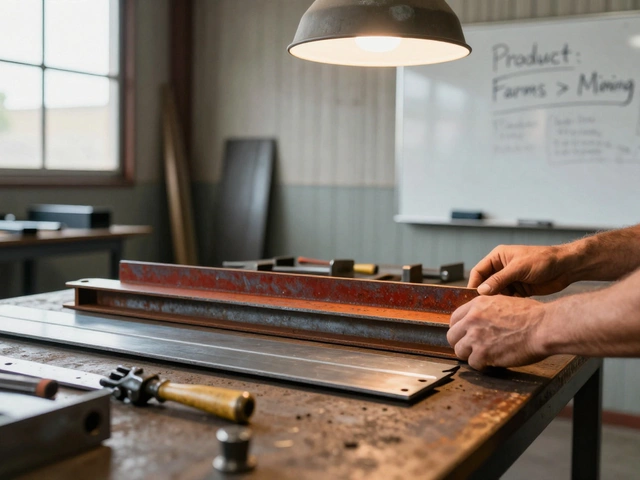Furniture Business in 2025: What You Need to Know
Did you know India’s furniture market is projected to cross $30 billion this year? That’s a huge chance for anyone ready to jump in. Whether you’re a designer, a carpenter, or just curious about profits, the basics stay the same: know the market, control costs, and sell what people actually want.
Why the Furniture Business is Hot in 2025
First off, the demand is real. More families are moving into their own homes, and small apartments are looking for space‑saving pieces. Smart, modular furniture that folds or stacks is topping wish‑lists on every e‑commerce site. Second, the government’s ‘Make in India’ push gives tax breaks and easier land access for new factories. That means lower upfront costs for you.
Third, technology is making production faster. CNC machines, 3‑D printing for prototypes, and automated upholstery can cut lead times from weeks to days. You don’t need a massive plant to start; a 500 sq ft workshop equipped with a few CNC routers can churn out a solid line of chairs and tables.
Step‑by‑Step Guide to Launch Your Furniture Venture
1. Pick a niche. Don’t try to make every piece under the sun. Choose a segment – like eco‑friendly bamboo tables, office chairs for startups, or kids’ bunk beds. A clear focus helps branding and keeps inventory simple.
2. Validate the idea. Talk to potential buyers on social media, run a small poll, or create a mock‑up and see if people pre‑order. If you can get 20‑30 commitments, you’ve got a market.
3. Secure funding. Startup costs include raw material, tools, a modest lease, and initial marketing. A lean budget can be as low as ₹5‑7 lakh if you lease space and buy second‑hand machines. Banks and micro‑finance firms often have schemes for “SME manufacturing”.
4. Source materials wisely. India has plentiful timber, steel, and recycled plastic suppliers. Compare at least three vendors for price, delivery time, and certifications. Buying in bulk can lock in lower rates, but keep a small safety stock to avoid production stalls.
5. Build a prototype line. Use your CNC or hand tools to make a few units. Test them for durability, finish, and assembly ease. Get feedback from friends, interior designers, and a few early customers.
6. Set up a sales channel. Most new furniture brands start on platforms like Amazon, Flipkart, or niche sites such as Urban Ladder. Create a simple website with clear product photos and a hassle‑free return policy. Social media ads targeting homeowners aged 25‑45 work best.
7. Scale responsibly. Once orders consistently hit 30‑40 units a week, consider adding a second shift or investing in a small assembly line. Keep a close eye on cash flow; reinvest profits rather than taking large loans.
Remember, the biggest mistake new owners make is over‑producing before they know what sells. Stick to a small batch, learn from returns, and adjust the design quickly. That agility is your biggest advantage over larger, slower factories.
Finally, stay on top of design trends. Right now, matte finishes, pastel colors, and built‑in charging ports are selling fast. Subscribe to a few design blogs, attend local trade shows, and keep a sketchbook handy. The more you know what’s next, the quicker you can give customers what they’re looking for.
The furniture business isn’t just about wood and nails; it’s about solving everyday problems for people at home or work. If you focus on a clear niche, validate early, and keep costs tight, you’ll be ready to ride the 2025 growth wave.
Profit Potential of the Indian Furniture Industry
The furniture industry in India has been rapidly evolving, gaining attention for its vast potential and profitability. With the rise in urbanization and middle-class incomes, there's been a noticeable shift towards stylish and functional furniture. This transformation opens up golden opportunities for both local artisans and large manufacturers. Understanding market trends and embracing sustainable practices could be the key to thriving in this highly competitive domain.
Read More




